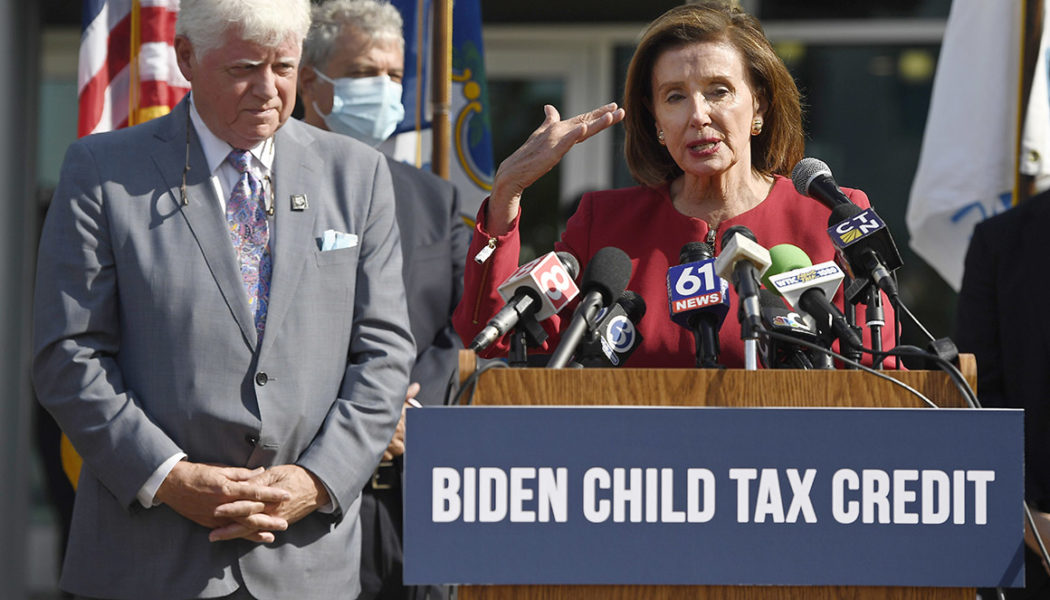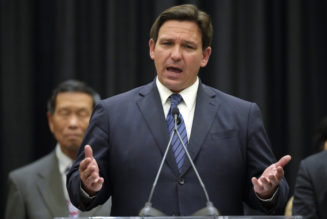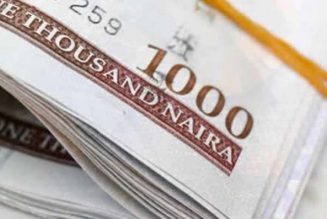That’s fueling a debate over what role the government should continue to play in reshaping Americans’ livelihoods. Democrats say the gains offer a case study in what U.S. society could look like if Congress vastly expanded the social safety net — an argument that many are making as lawmakers weigh whether to shell out another $3.5 trillion on programs that would limit families’ child-care expenses, make health insurance more affordable and offer permanent tax breaks to families with kids, among other provisions.
“You have to concede that these changes are making a difference — that we are inching up a bit, and that there is a discernible reduction of poverty,” said Rep. Danny Davis, an Illinois Democrat who chairs the House Ways and Means subcommittee on worker and family support. “We are investing in the return of our economy.”
But Republicans and others who oppose the additional spending on social programs say that enlarging the government safety net through policies like the expanded child tax credit would be prohibitively expensive, leave families dependent on federal money and destroy incentives to work.
“The best way out of poverty and to raise the standard of living is not endless government checks but our job opportunities and growing paychecks,” said Rep. Kevin Brady of Texas, the top Republican on the Ways and Means Committee. “That provides unlimited opportunity for families, especially those trying to climb the economic ladder.”
To be sure, large swathes of the economy are still reeling from the pandemic, with nearly 8.4 million people unemployed in August. Some 2.6 million tenants are in danger of imminent eviction without aid after a federal eviction moratorium expired, according to the Urban Institute. And economic forecasters have slashed their growth estimates through the rest of the year amid concern that the resurgent coronavirus is upending plans to return to normal.
And there’s no guarantee that the benefits bestowed by the federal government in 2020 will have staying power. Some real-time data shows a direct link between increases in government aid and immediate boosts to Americans’ livelihoods, and in contrast, a drop as soon as relief payments dried up.
Still, some areas have shown remarkable improvement since the government rolled out its relief measures, the most dramatic of which is the reduction in poverty.
Just over 9 percent of Americans were in poverty in 2020, according to the Census Bureau’s supplemental poverty measure, which takes into account federal programs aimed at aiding low-income families. That’s a 2.6-percentage-point drop from the 2019 rate of nearly 12 percent. The bureau also found that stimulus checks moved 11.7 million people out of poverty, while enhanced federal unemployment benefits prevented 5.5 million from dropping into extreme hardship.
More broadly, other aspects of the economy have boomed as well. Median hourly wages are up 3.9 percent from a year ago, according to the Federal Reserve Bank of Atlanta, largely because of an unexpected labor shortage. Annual bankruptcy filings fell nearly 30 percent in 2020 from the year before.
American net household wealth surged by $5.85 trillion in the second quarter of this year, up 4.3 percent from the first three months of the year, the Federal Reserve reported on Thursday. Household net worth is now about $24.5 trillion above its level at the end of 2019 after more than a year of solid growth, the Fed said.
Credit card balances are $140 billion lower than they were at the end of 2019, and the percentage of people late on their debt payments has declined 2.0 percentage points since the pandemic first hit, according to the Federal Reserve Bank of New York.
“There’s more money in low-income households than at any time in 2019, and many, many metrics to show that that is true,” said Angela Rachidi, an expert in poverty studies at the right-leaning American Enterprise Institute.
It’s impossible to fully know what the economy would have looked like without any government aid. But the Urban Institute estimates that the poverty rate in 2021 would stand at 12.6 percent with only the country’s long-standing relief measures, like Social Security, in place. When accounting for the extra measures enacted last year — the enhanced federal jobless benefits, expanded child tax credit and stimulus checks — the poverty rate would fall to 7.7 percent, keeping nearly 50 million Americans out of hardship, the Washington think tank found.
“We’ve often heard that we have more will than wallet, but when we actually open up our wallet, we can do a lot,” said Greg Acs, vice president for income and benefits policy at the institute.
Rates of food insecurity spiked in March of 2020, for example, when the pandemic first hit. And though they dropped in the following months after stimulus checks and extra unemployment benefits went out, they ticked back upward in September of 2020 once the aid lapsed, said Elaine Waxman, an expert on food insecurity and the food assistance safety net with the Urban Institute.
“There are two big lessons,” Waxman said. “One is that when we lean in, we can make a big difference. And when we let up, you know, we lose some of that ground.”
Despite the improvements, however, some experts emphasize that the massive levels of federal spending in 2020 were born out of extreme necessity, and that in normal economic times — especially once the unemployment rate drops closer to 3.5 percent, where it stood before the pandemic — there is less justification for such expensive social programs.
The argument against further investment is that spending so much could ultimately drag on economic growth, especially if taxes are raised to pay for the programs, and that government intervention in private industries like child care could lead to redundancies and inefficiencies, Rachidi said.
“It’s not a foregone conclusion that we need these very large, expansive government programs,” she said, “in order to maintain the progress that we’ve made on poverty.”










